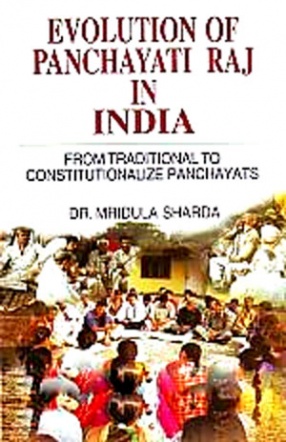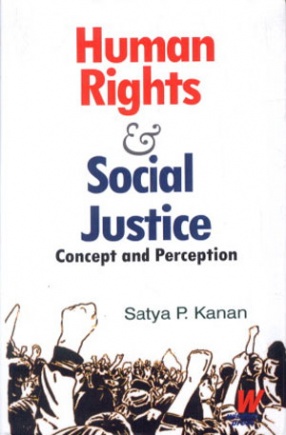Present work deals with an important aspect of Indian politics that is the Panchayati Raj Institutions. Since Vedic times these were the most stable institutions in the field of governance. The institutions had organic unity and they served the masses on the bases of principles of good governance. This system of governance remained in practice till the Britishers came to India. Before Britishers during the medieval period Muslim rulers added the institution of Muqaddam, Patwari, Jagirdar, Mansabdar in the rural administration but the indigenous system of panchayati raj survived as an important institutions in the governance. Britishers for their own interest damaged these institutions. Gradually they lost their vigour and vitality which they failed to revive after independence. Government made some efforts at union and states level but outcome was not effective. Finally 73rd Amendment passed in 1993 gave PRI's a constitutional backing like thatof the Parliament and State legislature. Besides the constitutional status the PRI's after fifteen years of 73rd Amendment are not able to gain the status, as the institutions of people's participation. "Hie main reason behind these developments is our socio-cultural ecology in which the traditional institutions are still dominating.
Evolution of Panchayati Raj in India: From Traditional to Constitutionalize Panchayats
In stock
Free & Quick Delivery Worldwide
reviews
Bibliographic information
Title
Evolution of Panchayati Raj in India: From Traditional to Constitutionalize Panchayats
Author
Edition
1st ed.
Publisher
ISBN
9788184572278
Length
xxii+160p., 22cm.
Subjects





There are no reviews yet.